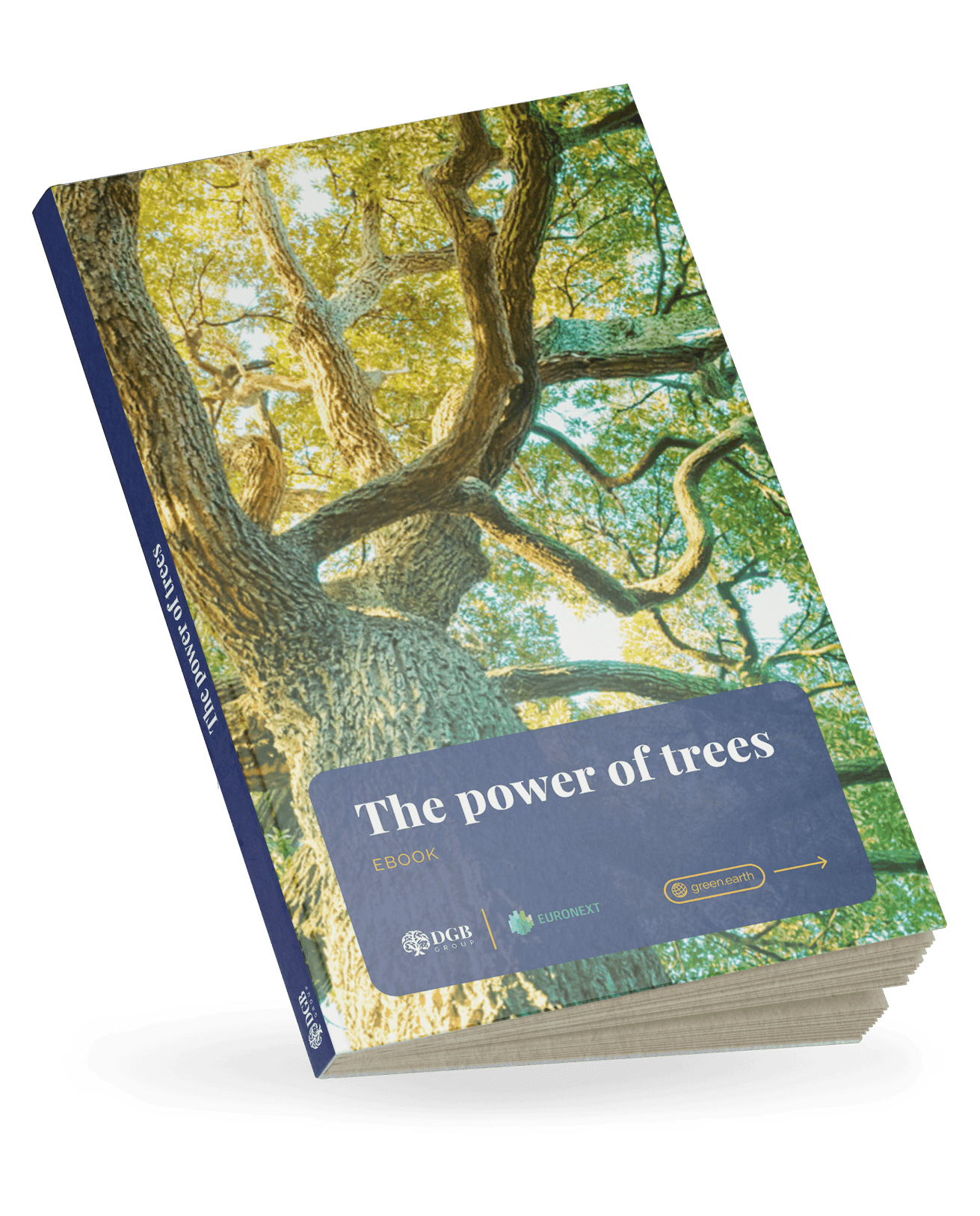While reducing our carbon emissions will likely take a combination of strategies, one promising solution is that of blue carbon. However, many people have yet to hear about blue carbon. Let’s take a look at this term and what it means for our planet.
What is Blue Carbon?
According to the National Oceanic and Atmospheric Administration, blue carbon refers to carbon that is captured by the world’s ocean and coastal ecosystems. You probably know a major source of capturing carbon is plant life, so you might be surprised that ocean and coastal waters are a solution for capturing carbon.
The key here is the coastal areas and their vegetated habitats consisting of mangroves, sea grass, and marshes. These habitats are found on every continent except Antarctica. While these areas are only one two thousandth the area of plant life on land, they can capture roughly the same amount of carbon. Additionally, coastal areas can capture and hold carbon, serving as a “carbon sink.”

How does blue carbon work?
Coastal vegetative areas have unique characteristics. They have extensive root systems, which are needed to provide stability in an aquatic environment. Additionally, the soil below the water has low levels of oxygen. Together, this creates a system where carbon can be captured from the air and locked into the soil for extensive periods of time, from centuries to millennia. In fact, research has shown that much of the carbon found in this soil is thousands of years old.

Impact of blue carbon
The fact that these environments can capture and hold carbon at an incredibly efficient rate means they provide an important strategy for addressing greenhouse gas emissions. However, particularly of concern is that these habitats are declining. Already, half of the world’s mangroves and marshes and 30% of seagrasses have been lost, typically to development, firewood harvesting, and dam building.
When these habitats are lost and the soil below them becomes disturbed, it releases carbon back into the atmosphere – carbon that has been stored for an extensive period of time. For example, the Blue Carbon Initiative estimates that 1.02 billion tons of carbon dioxide are being released annually from degraded coastal ecosystems.
Blue Carbon offsetting
There are several things that can be done to leverage the importance of blue carbon. First, coastal ecosystems need to be protected and preserved in order to stop their decline. Secondly, there is an opportunity to invest in restoration of coastal wetlands. The fact that a small area of coastal wetlands traps more carbon than a much larger area of plants on land means these products will be more efficient investments. Finally, coastal wetlands can be incorporated into the carbon market through buying and selling carbon offsets, creating a financial incentive for preservation and restoration. By taking advantage of blue carbon, we can be better equipped to mitigate greenhouse gas emissions.




